The three-phase power quality analyzer features conductive silicone keys, offering a good tactile feel, long lifespan, and a well-thought-out design that makes it easy to operate. Its compact size and lightweight build make it portable, suitable for both on-site measurements and use as a standard metering device in laboratories. Additionally, the analyzer includes a perpetual calendar and clock function, allowing real-time display of date and time.
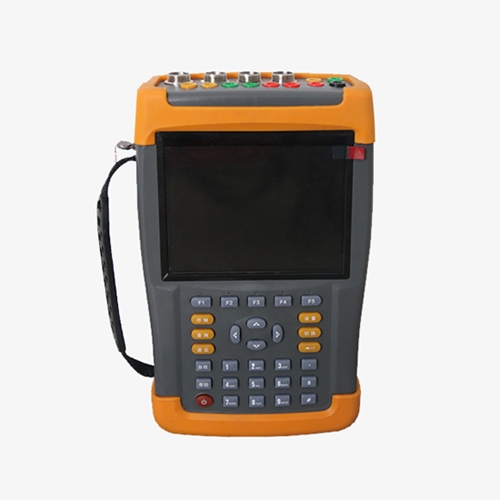
Multifunctional Power Measurement with Power-Saving Display
- Multifunctional Electrical Parameter Measurement: The three phase power quality can accurately measure various electrical parameters such as voltage, current, active power, reactive power, phase angle, power factor, and frequency.
- Intelligent Power-Saving Design: The LCD display automatically enters power-saving mode after 3 minutes of inactivity, maximizing battery life.
- Intuitive Vector Diagram Display: Vector diagrams of the measured voltage and current, allowing users to analyze these diagrams to determine the correctness of the metering equipment's wiring.
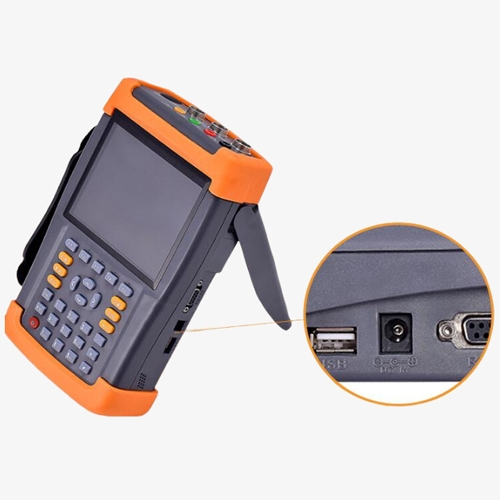
Extended Battery Life, Seamless Data Transfer, and Load Monitoring
- Long-lasting Battery Life: It has a built-in large-capacity, high-performance lithium-ion rechargeable battery that can operate continuously for more than 10 hours when fully charged.
- Convenient Data Transfer: The instrument is equipped with a USB interface, allowing data to be conveniently transferred directly to the backend management computer.
- Load Fluctuation Monitoring: It measures and analyzes the fluctuations in power quality caused by various electrical equipment under different operating conditions on the public power grid.
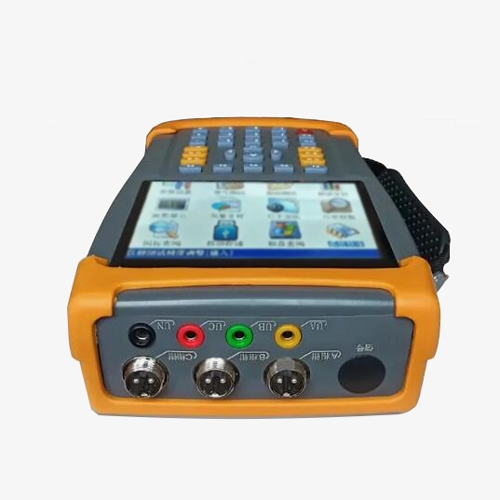
Simplified Monitoring with User-Friendly Interface
- User-Friendly Display Interface: It uses a large imported color LCD screen as the display, providing a user-friendly interface for human-computer interaction.
- Long-term Data Storage Capability: The built-in large-capacity data storage can continuously store data for more than 18 months at a 1-minute interval, meeting the needs of long-term monitoring.
- Convenient Current Measurement Method: Current is measured using a clamp-type current transformer, allowing operators to measure without breaking the current circuit. Users can choose different clamp meters based on the measurement range.
Applications
SISCO power quality analysers are applicable to electric power, petrochemical, metallurgy, railway, industrial and mining enterprises, scientific research institutions, measurement departments, etc. Especially suitable for comprehensive analysis and diagnosis of all voltage, current, power, electric energy, harmonics, phase and other electrical parameters. It is also applicable to various power systems to timely discover problems in the power system, avoid power loss, and achieve energy saving and loss reduction.
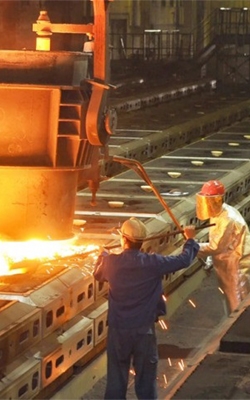
Metallurgy

Petrochemicals

Railways
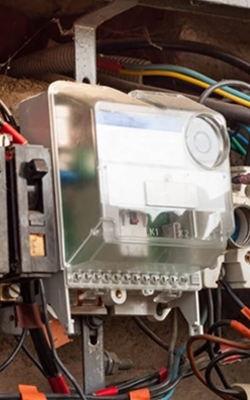
Electricity
| Model | SISCO-PQA-ZS5000 |
| Input Characteristics | |
| Voltage Measurement Range | 0-200V-800V, automatic switching |
| Current Measurement Range | Clamp-on transformer 5/25A |
| Phase Angle Measurement Range | 0-359.99° |
| Frequency Measurement Range | 45-65Hz |
| Voltage Channel | Three-channel UA, UB, UC |
| Current Channel | Three-channel IA, IB, IC |
| Maximum Harmonic Analysis | 63 times |
| Continuous Storage Cycle | 1 minute interval, 18 months |
| Accuracy | |
| Voltage | ±0.2% |
| Frequency | ±0.01Hz |
| Current, Power | ±0.5% |
| Phase | ±0.2° |
| Fundamental Voltage Tolerance | ≤0.5%FS |
| Fundamental Current Allowable Error | ≤1%FS |
| Harmonic Voltage Content Measurement Error | ≤0.1% |
| Harmonic Current Content Measurement Error | ≤0.2% |
| Three-Phase Voltage Unbalance Error | ≤0.2% |
| Voltage Deviation Error | ≤0.2% |
| Voltage Variation Error | ≤0.2% |
| General Characteristics | |
| Operating Temperature | -10℃~+40℃ |
| Power Consumption | ≤3VA |
| Maximum Operating Time | ≤10 hours |
| Insulation | The insulation resistance between the voltage and current input terminals and the housing is ≤100MQ |
| The working power input terminal and the shell can withstand the power frequency 1.5KV (effective value) | |
| Dimension | 320mmx240mmx130mm |
| Weight | 2.0Kg |
Dimension
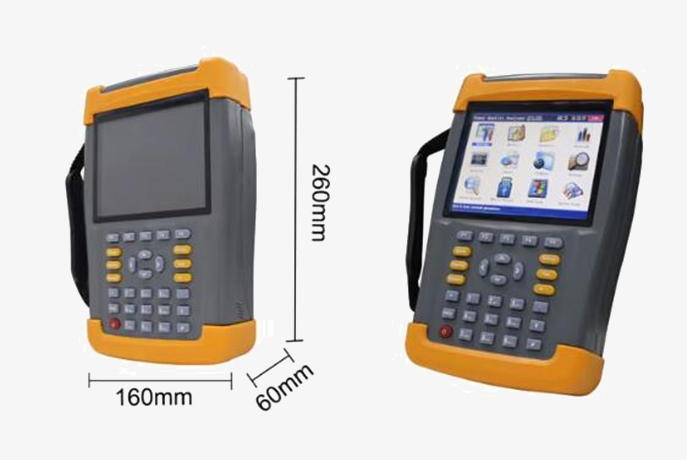
Packing List
- 1 x Power quality analyzer
- 1 x Charger
- 4 x Test wires (1 each of yellow, green, red and black)
- 1 x Communication wire
- 1 x Current clamp
- 4 x Alligator clip
- 1 x Aluminum alloy case
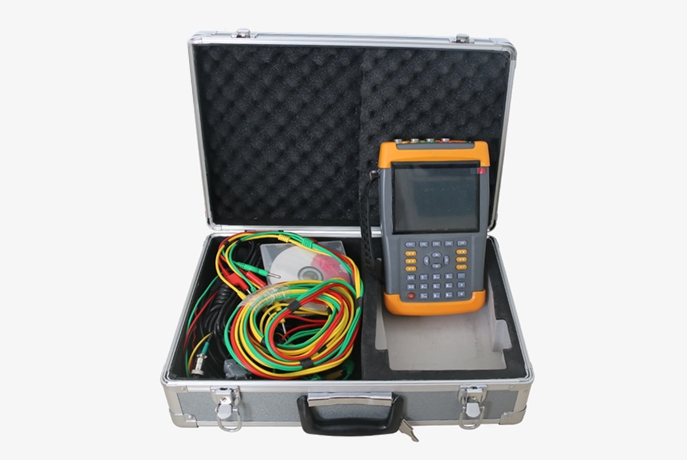
Q1: What types of data can a power quality analyzer log?
A1: A power quality analyzer can log a variety of data related to electrical systems' performance. This includes voltage and current waveforms, harmonic distortion, frequency deviations, power factor, transient events, and fluctuations in load. It can capture detailed information on voltage sags, swells, and spikes, as well as track steady-state data such as maximum, minimum, and average values over specified intervals. Additionally, it can record event-triggered data with customizable thresholds and analyze power quality issues in real-time or over extended periods, providing insights into both immediate disturbances and long-term trends.
Q2: How does a power quality meter detect disturbances?
A2: A power quality meter detects disturbances by continuously monitoring electrical signals and comparing them to predefined thresholds and standards. It analyzes deviations in voltage, current, and frequency, capturing and recording anomalies such as sags, swells, harmonics, and transients. The meter processes these deviations to identify patterns or irregularities that indicate potential issues, providing real-time alerts and logging detailed data for further analysis. This allows for precise diagnosis of power quality problems and helps in troubleshooting and maintaining the reliability of electrical systems.
Q3: What are harmonic distortions?
A3: Harmonic distortions refer to deviations from the ideal sinusoidal waveform of electrical signals caused by non-linear loads, such as electronic devices, fluorescent lighting, and variable speed drives. These distortions introduce additional frequencies, known as harmonics, into the power system, which are integer multiples of the fundamental frequency. Harmonic distortions can lead to problems such as overheating of equipment, reduced efficiency, increased losses, and interference with sensitive electronic devices. Identifying and mitigating harmonic distortions is crucial for maintaining the health and performance of electrical systems.
Tips: How does a power quality analyzer work?
A power quality analyzer works by continuously monitoring and measuring various electrical parameters in a power system. It captures voltage and current waveforms, analyzes these signals to identify deviations and disturbances, and processes data to detect issues such as harmonics, transients, and fluctuations. The analyzer compares real-time data against predefined thresholds and standards to pinpoint abnormalities. It logs detailed measurements and generates reports, providing insights into the power quality and enabling users to diagnose problems, optimize performance, and ensure system reliability.
Thank you for buying industrial test and measurement equipment on SISCO.com, all products sold by SISCO and the partner cover a 12 months warranty, effective from the date of receiving the products.
What is covered?
SISCO is responsible for providing free spare parts, and free technical support to assist the customer to repair the defective products until the problem is solved.
What is not covered?
- Product purchased from anyone other than a SISCO store or a SISCO authorized reseller.
- Expendable parts.
- Routine cleaning or normal cosmetic and mechanical wear.
- Damage from misuse, abuse or neglect.
- Damage from use of parts other than SISCO approved.
- Damage from use outside the product’s usage or storage parameters.
- Damage from use of parts not sold by SISCO.
- Damage from modification or incorporation into other products.
- Damage from repair or replacement of warranted parts by a service provider other than a SISCO authorized service provider.
- Damage caused by the application environment not meeting the product usage requirements and the failure to perform preventive maintenance.

